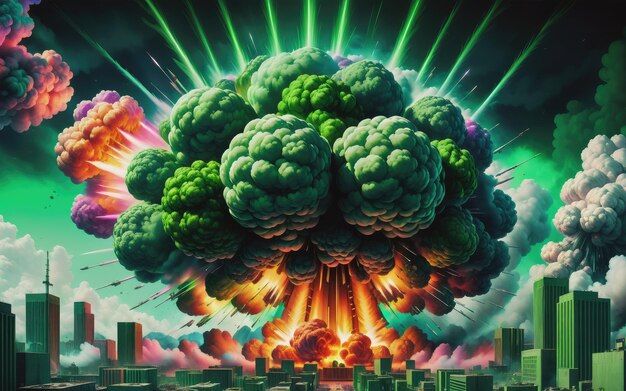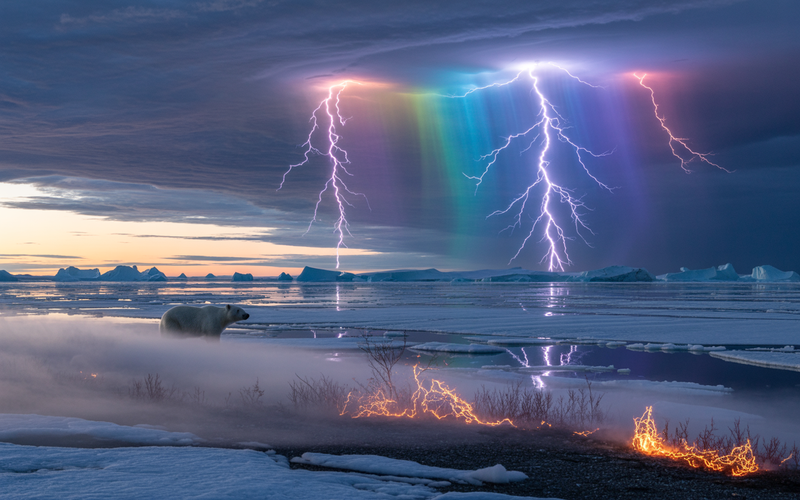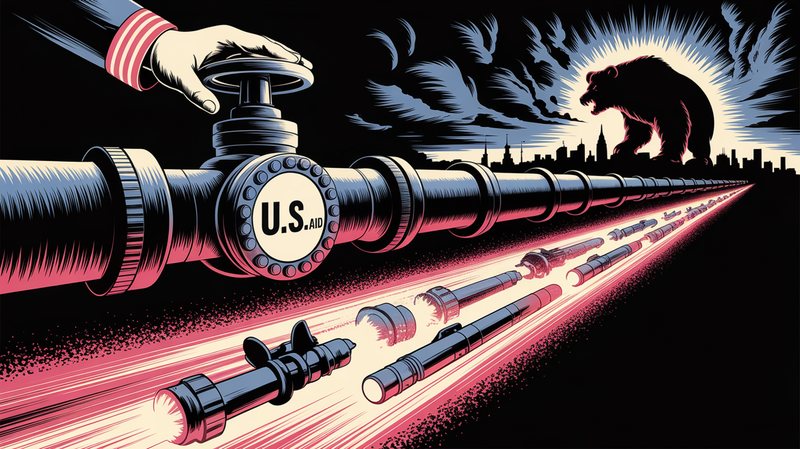The Dawn of Eco-Warfare: From Organic Ammunition to the Green Atomic Weapon
“In a rapidly transforming world, even instruments of war are not immune to the tidal wave of sustainability and eco-consciousness.” Introduction War and conflict, often considered the darkest facets of human nature, are being reimagined in the age of the green revolution. From vegan bullets to organic artillery and the

“In a rapidly transforming world, even instruments of war are not immune to the tidal wave of sustainability and eco-consciousness.”
Introduction
War and conflict, often considered the darkest facets of human nature, are being reimagined in the age of the green revolution. From vegan bullets to organic artillery and the ultimate paradoxical weapon, the Green Atomic Bomb, this article delves into the conceptual framework of eco-warfare.
Eco, Organic, and Vegan Weaponry
As the globe leans into sustainable practices, the realm of warfare has also undergone a conceptual transformation. The envisioned ammunition and weaponry of this new age emphasize minimal harm to the environment and respect for all life forms.
- Vegan Bullets: Traditionally crafted with lead, these bullets could be reimagined using plant-based materials that decompose without contaminating the soil or water sources.
- Organic Grenades: Designed to produce a non-lethal, sensory overload, these grenades release an explosion of fragrant flower petals or even a burst of soothing sounds, incapacitating foes without physical harm.
- Eco-friendly Artillery: Instead of the deafening boom and destructive force of a cannon, imagine artillery that releases a cloud of spores to generate rapid fungal growth, obstructing and confusing the enemy without bloodshed.
The Green Atomic Weapon
The pinnacle of eco-warfare, however, lies in the Green Atomic Bomb. A theoretical tool that, instead of unleashing devastation, focuses on restoration. When detonated, it disperses a restorative fallout of seeds, microorganisms, and nutrients, rejuvenating barren landscapes. Or, in its more aggressive form, it could release energy to accelerate plant growth at an unprecedented rate, overwhelming enemy infrastructures with rapid vegetation.
Challenges and Ethical Implications
While these concepts underline a future where war might align with ecological values, they also raise crucial ethical concerns. Even if eco-friendly, weapons remain instruments of conflict, potentially perpetuating a cycle of confrontation. Moreover, even well-intentioned interventions in ecosystems can have unpredictable outcomes.
Conclusion
The merging of sustainability with warfare depicts a world striving to align every aspect of human existence with respect for the Earth. Yet, the essence of a brighter future lies not in the weapons we craft, however eco-friendly, but in transcending the very need for them. In this envisioned world, the ultimate green revolution would be global peace.




